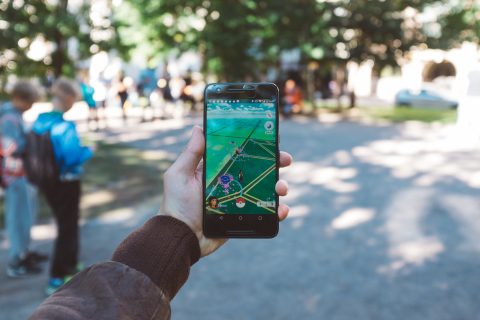Over the next few weeks, we will be posting a series of learning hacks that will force you to confront what you do and don’t know about how to learn. A lot of research into learning techniques has been done over the years. Interestingly, many of the conclusions that studies have drawn are taking time to filter into mainstream thought, because often they go against the beliefs that we have held for decades upon decades. We want to get rid of the blinkers and give you a chance to uncover the key principles of current research into learning.
This is the second post in the series, so feel free to check out the first too.
There are different types of learners. Some people are predisposed to learning more effectively from visual material, some from auditory material and others from kinaesthetic practice. Accepting this unlocks potential.
THIS IS FALSE.
That we all learn best in different ways has established itself as the go-to rule: even 85% of teachers believe it to be true. Unfortunately, there’s next to nothing to back up this idea and, in fact, the past 40 years of research have only shown evidence that disproves it.
It may hold us back to go on thinking that we can only study in one particular way. We may prefer visual materials to auditory materials, or vice versa, but there is no evidence that we learn more effectively when learning in our preferred style. In fact, there is evidence to show that everyone learns better when more senses are engaged, which means not limiting yourself to just one style.
As explained in a QZ article (link below),
The assumption behind learning myths seems to be based on the scientific fact that different regions of the cortex have different roles in visual, auditory, and sensory processing, and so students should learn differently “according to which part of their brain works better.” However, writes Howard-Jones, “the brain’s interconnectivity makes such an assumption unsound.”
Want to read more on this topic? Check out these links:
- Learning Styles: Concepts and Evidence
- The concept of different “learning styles” is one of the greatest neuroscience myths
- How to Talk About Learning Styles
What is Up Learn? Up Learn uses artificial intelligence and research from cognitive science to help students achieve A* results. Find out more.
We’re releasing a new learning hack every 2 days. Like our Facebook page to be notified!


